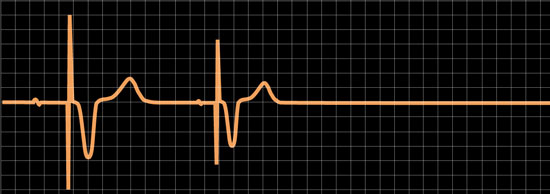 A recent study by Thomas Reuters Healthcare that analyzed healthcare utilization of healthcare workers compared to non healthcare workers found that hospital employees spent 10% more on healthcare services than the general population, consumed more healthcare services and were generally sicker. Interestingly enough, this finding was only amplified when dependents of healthcare workers were taken into account.
A recent study by Thomas Reuters Healthcare that analyzed healthcare utilization of healthcare workers compared to non healthcare workers found that hospital employees spent 10% more on healthcare services than the general population, consumed more healthcare services and were generally sicker. Interestingly enough, this finding was only amplified when dependents of healthcare workers were taken into account.
The diseases that Healthcare workers and their dependents were diagnosed with and hospitalized for were most often asthma, diabetes, congestive heart failure, HIV, hypertension and mental illness. All (except HIV) are non communicable diseases. In addition, hospital employees and their dependents saw their primary care providers less often, but were 22% more likely to visit an emergency room and spent 18 % more time in the hospital.
What could account for this disparity in healthcare utilization? On the one hand, it may be good news that people are receiving care for chronic diseases such as diabetes, asthma and CHF and hospital workers may be more inclined to seek treatment seeing the serious sequelae of these conditions. However it does not seem as though the extra care and cost is leading to lower hospitalization rates or ED visits. It is also well established that the shift work that hospital employees often do increases the risk of chronic diseases and obesity, which may explain a higher rate of illness. The increased ED visits may also be related to shift work as people who work non traditional hours would find it hard to get to a Monday through Friday 9-5 provider office.
The other factor is that the largest group of hospital workers are nurses. The average age of working nurses has been increasing as fewer young people enter the field. Nursing is also a frequent second career later in life. Certainly an older work force will mean more chronic diseases and diseases of later life such as heart disease and type 2 diabetes.
There is also the undeniable effect of stress on chronic disease. Hospital work is physically hard and emotionally draining. Does this factor exacerbate chronic diseases and cause more severe acute illnesses? Or make it harder to control the diseases?
Even taking these factors into account, what drives the increased utilization and diagnosis of chronic disease of dependents of hospital workers? Is it also a question of increased awareness of and willingness to treat chronic disease? A question of access to traditional hours care for working mothers with non traditional hours? The nursing workforce is still overwhelmingly comprised of women who may be the driver of healthcare decisions in the family.
Regardless, this study has implications for hospitals and other healthcare organizations when it comes to employee healthcare costs. Larger hospitals have traditionally had excellent benefits for their employees, which may also contribute to higher utilization. But it is concerning that this higher utilization of costs and treatment for chronic diseases has not decreased ED usage or hospital days.
It would be instructive to have a study that directly compared hospital workers to other shift workers in different industries to tease out if that was a factor. This study did not investigate reasons behind these disparities, but future research into the healthcare utilization habits of all Americans and especially those with higher and less efficient utilization will be important as we struggle to contain costs and deliver the most effective care.
Photo Credit Wikimedia